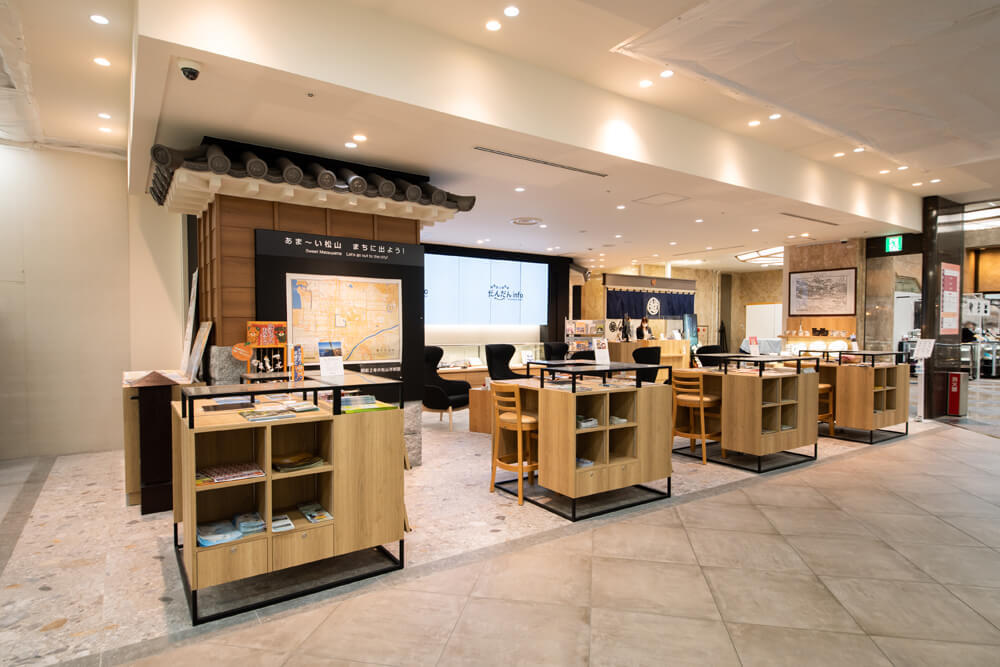
だんだんinfo
Ehime Matsuyama Tourist Information Center
Information dissemination of Ehime and Matsuyama starts here
It is not just an information center where pamphlets are set up, but it is an environment for accepting foreign tourists visiting Japan after Corona, such as setting up a duty-free batch counter that covers the Dogo area by utilizing digital data to meet the needs of visitors. We aim for more advanced and high-quality management as a base for maintenance and creation of new content.

Sightseeing spots in Matsuyama
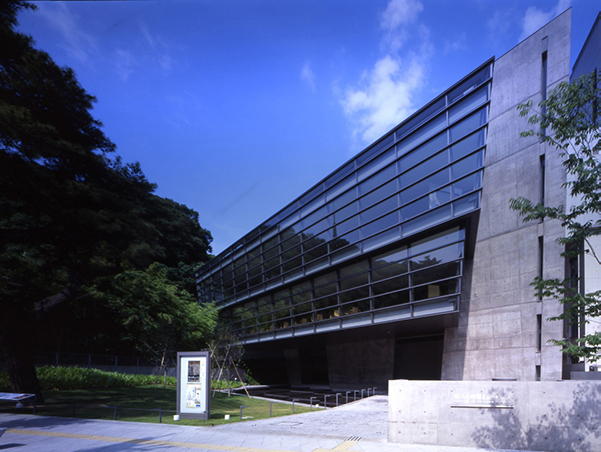
Saka no Ue no Kumo Museum
history
A museum on the theme of Ryotaro Shiba's novel "The Clouds on the Hill".Following the historical background of Japan and Matsuyama in the Meiji era, follow the traces of the three main characters from Matsuyama, Yoshiko Akiyama, Masayuki Akiyama and Shiki Masaoka.The building itself designed by architect Tadao Ando is also highly evaluated.

Foot bath and hand bath tour
Hot spring
Starting from Hoshoen in front of Dogo Onsen Station, you can use "footbath / teyu" at eight inns and hotels for free. The location of the foot and hand bath tour map is clearly described and can be obtained at the tourist information center. Bring your own towels. * Photo is Hoseien
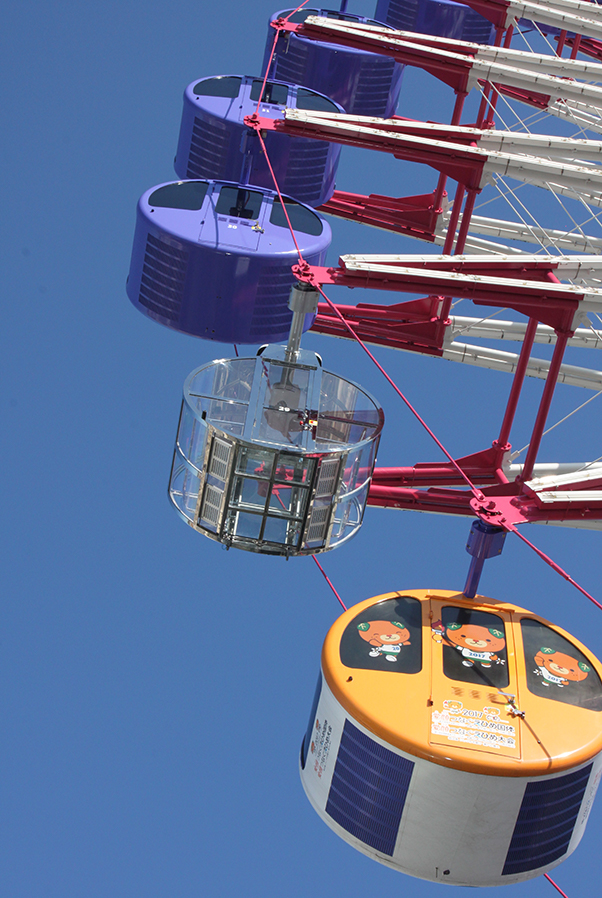
Giant Ferris Wheel Kururin
Other
A large ferris wheel on the 9th floor of Iyotetsu Takashimaya. The highest point is that you can enjoy 85m above the ground and 360 degree panorama of Matsuyama city. For a thrilling experience like floating in the air, a see-through gondola is recommended. Enjoy a thrilling journey of about 15 minutes per lap.
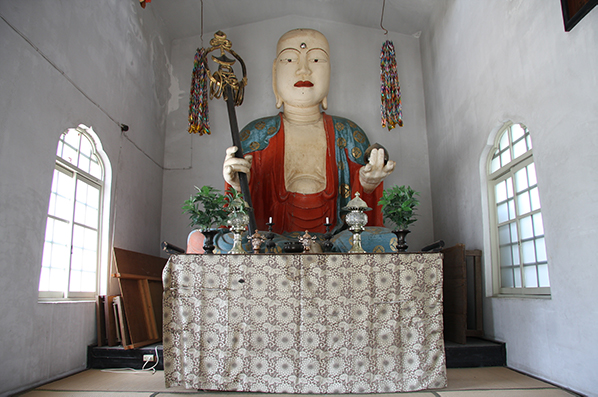
Dogo Onsen lucky tour
culture
It is said that "Yu no Daijizoson" in the precincts of Enmanji Temple will last longer if you visit it after soaking in Dogo Onsen. It is also known as the "fire-protection Jizo". The love fortunes that were profitable are also popular.
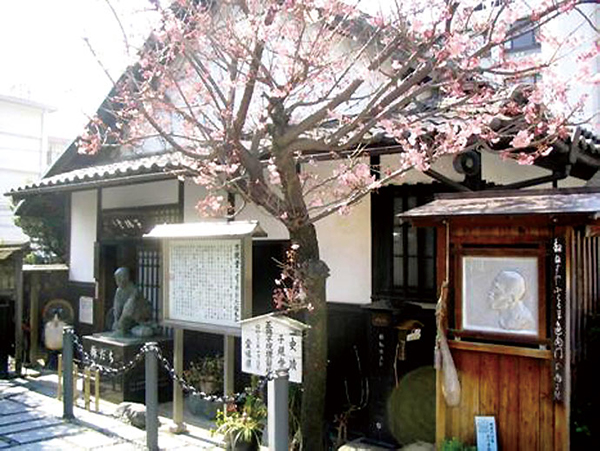
Shikido
history
The house where the poet Shiki Masaoka lived before returning to Tokyo was restored in Shoshoji Temple. Shoshoji Temple is a temple related to Hajime with Natsume Soseki. In the room, there are about 100 valuable materials such as Shiki's ink and artifacts, as well as desks used by Shiki.
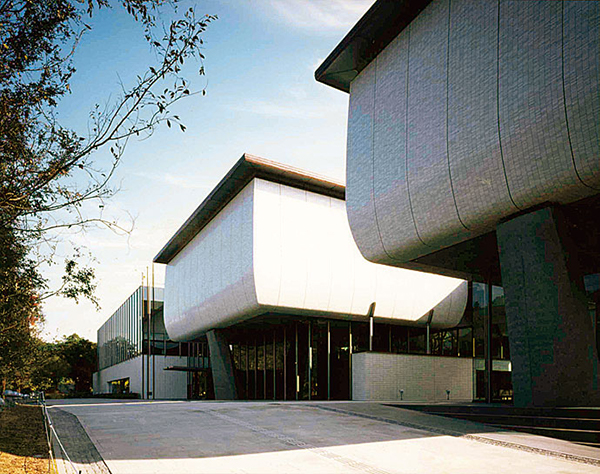
The Museum of Art, Ehime
culture
A participatory creative art museum located in the center of Matsuyama where you can enjoy seeing, making and learning. At the occasional exhibitions and collections, there are many unique events, including an interactive appreciation program where you can enjoy your work with a work guide volunteer.
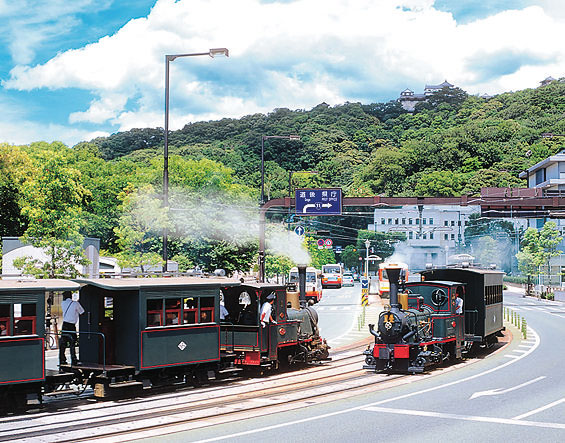
Botchan train
culture
After the opening of Iyo Railway, the steam locomotive that had been active for 67 years was restored as a diesel car. Since it appeared in Natsume Soseki's novel "Botchan," it has been popular as the "Botchan Train." Currently operating routes in the city center. Check the homepage for the timetable.

Matsuyama Castle
history
A symbol of the city that rises above the summit of Katsuyama, the center of Matsuyama City. Yoshiaki Kato built a castle for a quarter century from 1602 in Keicho 7 (1602), and the 360-degree view from the top floor of the tower to the Seto Inland Sea. The viewing of the castle tower is from 9:00 to 16:30 (30 minutes before the billing ticket, depending on the season).

Dogo Giyaman Glass Museum
culture
An art museum surrounded by a garden full of water and greenery. There are about 300 rare Japanese glass works from the Edo era, such as Giyaman, Biidoro, Meiji and Taisho eras, the largest number in western Japan. Highlights include glass and water, such as the egrets in the garden and the waterfall of the wine bottle.
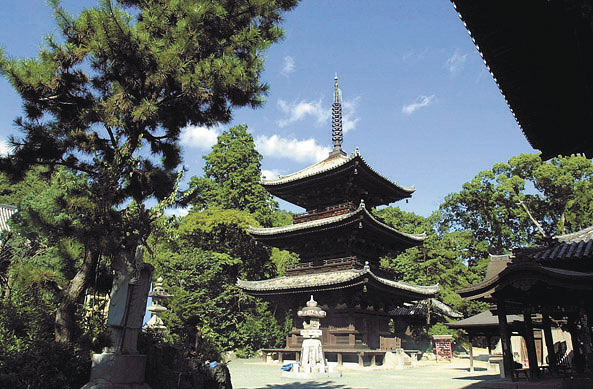
Ishiteji Temple
culture
It is the 51st place in Shikoku Sacred Ground and is also popular as a power spot. It has a number of cultural properties, such as the National Treasures Niomon, the national main cultural property's main hall, three-storied pagoda, and Goma-do. There are also a treasure museum that displays Buddhist paintings and ancient documents, and 88 caves, where visitors and tourists are constantly coming.
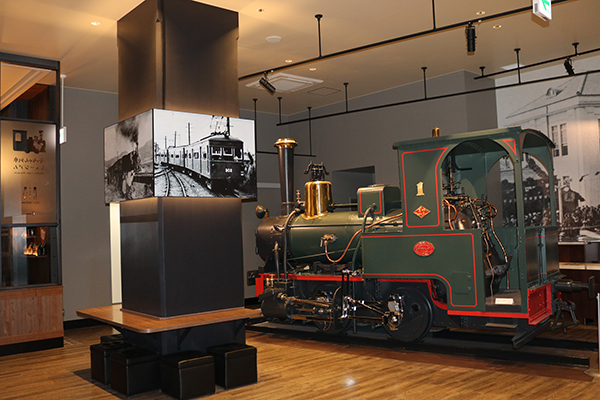
Botchan Train Museum
history
Museum of Iyo Railway located just a short walk from Matsuyamashi Station. In addition to full-size replicas of the Botchan train and rare vehicle parts that must be seen by railway fans, there are many exhibits of the history of "Iyotetsu", which has been established for more than 130 years, as well as many valuable materials from the Meiji to Showa eras.
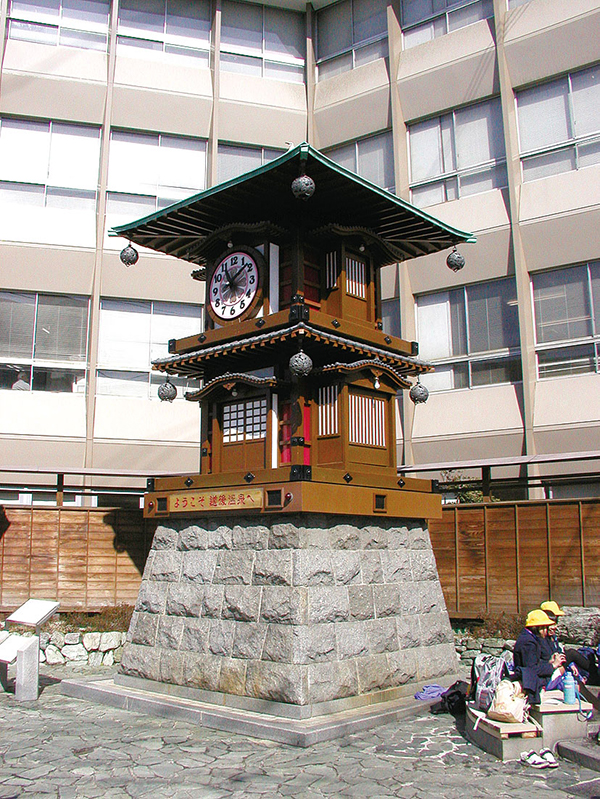
Hojyoen
culture
A relaxing plaza at the entrance of the shopping district in front of Dogo Onsen Station. There are a footbath using a yugama used in the main building during the Meiji era, a "Botchan Karakuri Clock" with a motif of "Shinkaku" in the main building, and a nearby Dogo Tourist Information Center.

Dogo High Color Street
culture
An L-shaped shopping street that runs from Dogo Onsen Station to Dogo Onsen Main Building. It is nicknamed "Dogo High Color Street" because of the feeling of Meiji Romance. You can enjoy souvenirs and specialties of Matsuyama, local gourmet, etc., and there are about 60 stores.
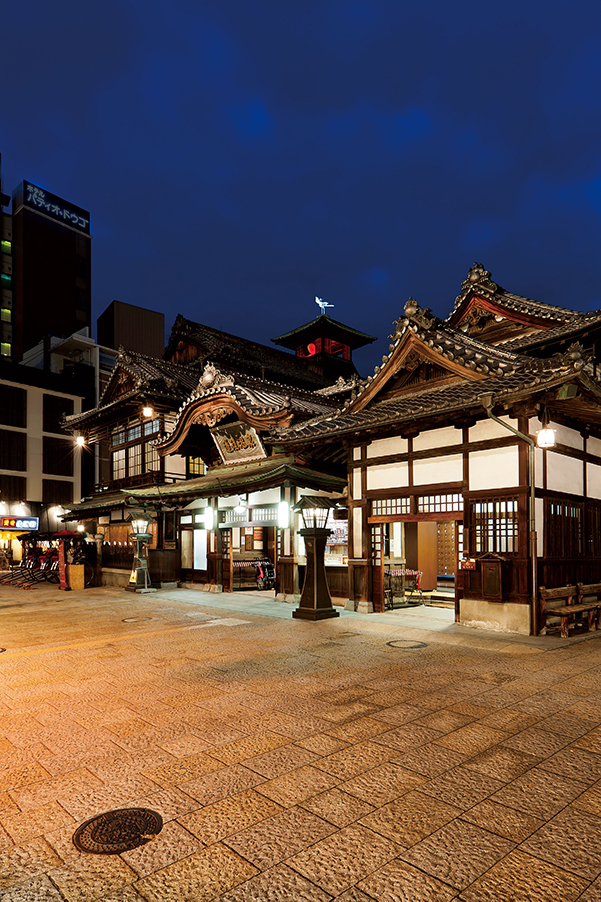
Dogo Onsen Honkan
Hot spring
The symbol of Dogo Onsen, said to be the oldest in Japan. It is also known that Soseki Natsume has been an important cultural property of the country for over 125 years. Currently performing preservation and repair work, but is currently open for bathing only. Also, the appearance may be different from the photo during the construction period.
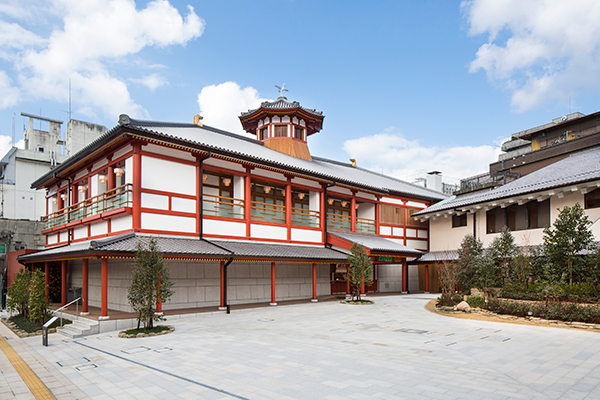
Dogo Onsen Annex Asuka-no-Yu
Hot spring
Sotoyu was born at Dogo Onsen in December 2017. The concept is "Yuya inspired by the Asuka era", and the architecture that incorporates the architectural style of the time is wonderful. In addition to enjoying the hot spring water flowing from the source, you can also enjoy an open-air bath not found in the main building and a bathing experience wearing an old-style yukata "Yubook".
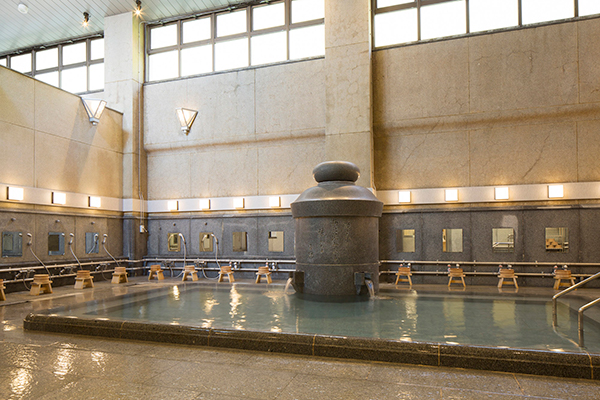
Dogo Onsen Tsubaki-no-Yu
Hot spring
The sister hot spring of Dogo Onsen Main Building was renovated in 1984 and renewed in 2017. With the camellia, a symbol of the city, as a symbol, it is popular with tourists for its ease of use as a public bath for citizens. Unlike the historical main building, it has a modern atmosphere with a warehouse style.
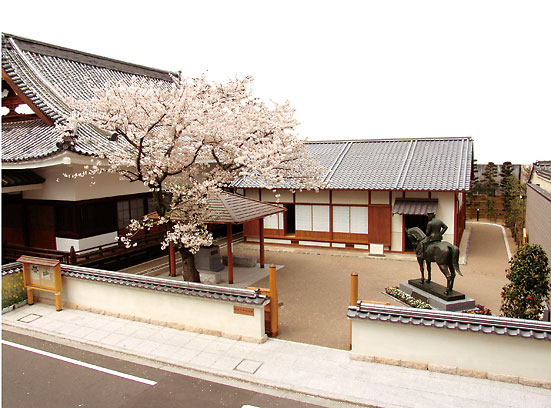
Birthplace of the Akiyama Brothers
history
The protagonist of "Saka no Ue no Kumo": Akiyama Brothers' birthplace.Older brother Yoshifuru is an army and a cavalry father, and brother Masayuki became a naval officer and fulfilled a mission in the Russo-Japanese War.In his later years, he returned to his birthplace as a junior high school principal and served as a younger brother.The house was destroyed by air raids, but was restored in 2005 with support from all over the country.
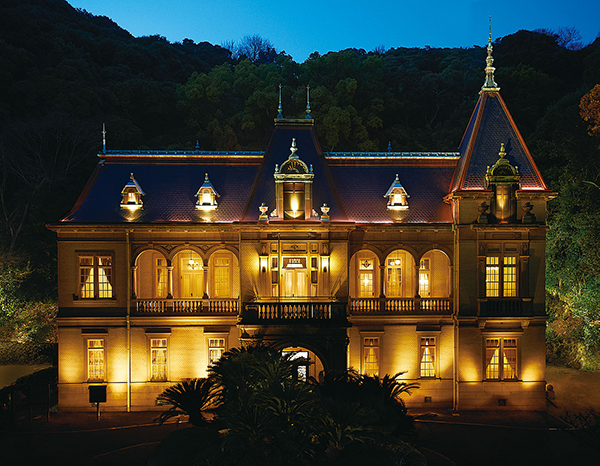
Bansuiso
culture
This French-style Western-style building was built in 1922 as a separate residence of the descendant of the former lord of the Matsuyama feudal lord, Soju Hisamatsu. At that time, it was used as a social hall by celebrities from various fields. Currently holding art exhibitions and solo exhibitions at any time. The main building and the management building are designated as national important cultural properties.
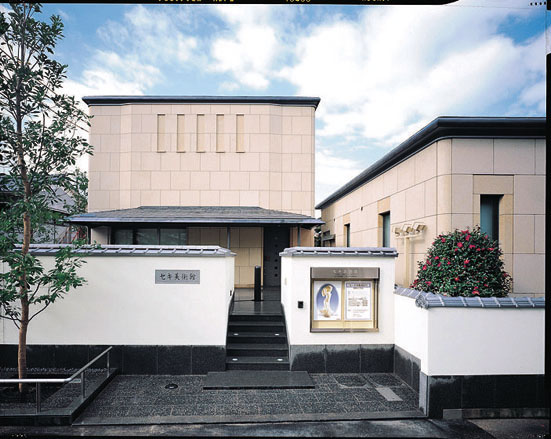
Seki Museum
culture
An art museum located in a residential area a 5-minute walk from Dogo Onsen Station. Exhibits works by artists representing the modern Japanese art gallery, such as Yokoyama Taikan, Kayama Matazo and Koiso Ryohei. On the second floor "Rodan's Room", there are also marble sculptures "Fauna (forest fairy)" and Rodin works such as prints and lithographs.
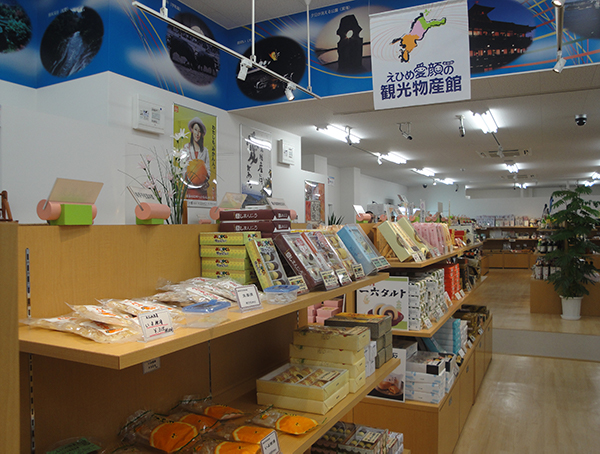
Ehime Tourist Product Centre
culture
A wide selection of local specialties, such as Imabari towels, pearls and hot orange juice, are available from all over the prefecture. Located in Ropeway Street, a tourist base in Matsuyama, close to the city's sightseeing spots and easy to stop by. If you are lost in souvenirs, here is recommended. You can also introduce the highlights of Ehime.
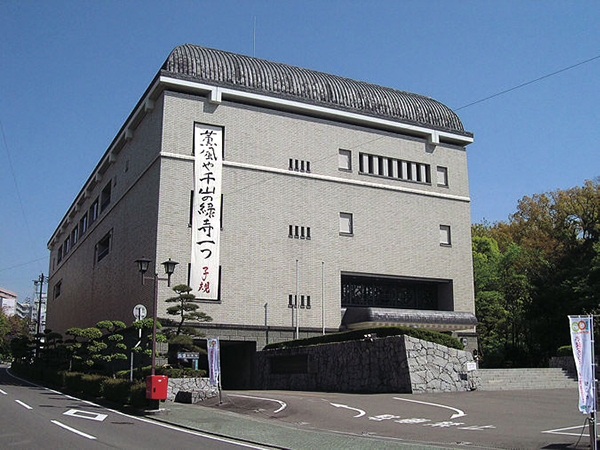
The Shiki Museum
history
A museum that displays a variety of materials about Shiki Masaoka, a poet from Matsuyama. Introduces haiku, tanka innovation, broad friendships, childhood in Matsuyama, and more. You can also see autographs and manuscripts. The museum shop also sells Shiki related books and haiku strips.
Spots I want to tell
Ehime Pref
Roman-Hakkyou
- Who wants to tell
- Those looking for a date spot
Ehime Pref
Kumakogen
- Who wants to tell
- Those who want to see the autumn leaves
Ehime Pref
Uwajima
- Who wants to tell
- People who like to eat

